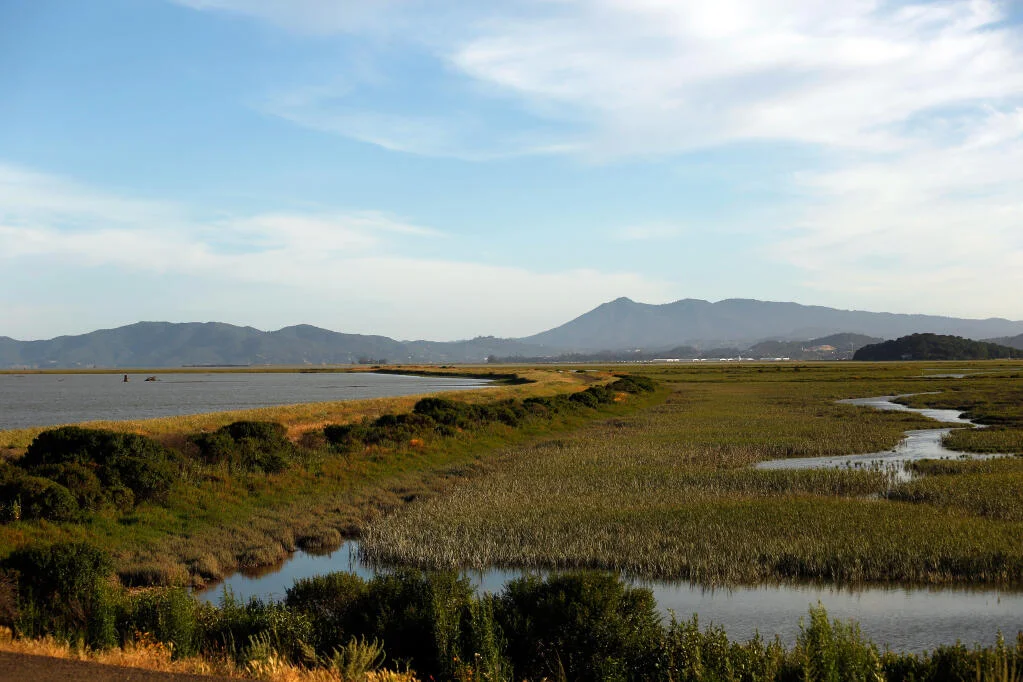
California Wetlands Face Uncertainty After Supreme Court Ruling
In a recent development that has sent ripples through California's environmental community, the U.S. Supreme Court issued a ruling that has cast uncertainty over the future of the state's wetlands. The decision, which was handed down in a closely watched case, could potentially alter the regulatory landscape for these critical ecosystems.
The Supreme Court's ruling pertains to the scope of the Clean Water Act, a federal law that has been pivotal in protecting the nation's water resources, including wetlands. The decision narrows the definition of 'waters of the United States,' which may limit the federal government's authority to regulate certain wetlands. This has sparked concerns among environmentalists and state officials in California, where wetlands play a vital role in maintaining biodiversity and mitigating the impacts of climate change.
California, home to a diverse array of wetland types, from the marshlands of the San Francisco Bay to the riparian zones along the Sacramento River, has long relied on federal protections to safeguard these habitats. The state's wetlands are not only crucial for wildlife but also serve as natural buffers against floods and help in purifying water.
Following the Supreme Court's decision, there is now a pressing need for California to reassess its environmental strategies. State officials and environmental groups are calling for a robust response to ensure the continued protection of wetlands. This may involve strengthening state-level regulations or seeking alternative legal avenues to preserve these vital ecosystems.
The ruling has also ignited a broader debate about the balance between environmental protection and property rights, a contentious issue that continues to evolve as the nation grapples with the challenges of climate change and conservation.